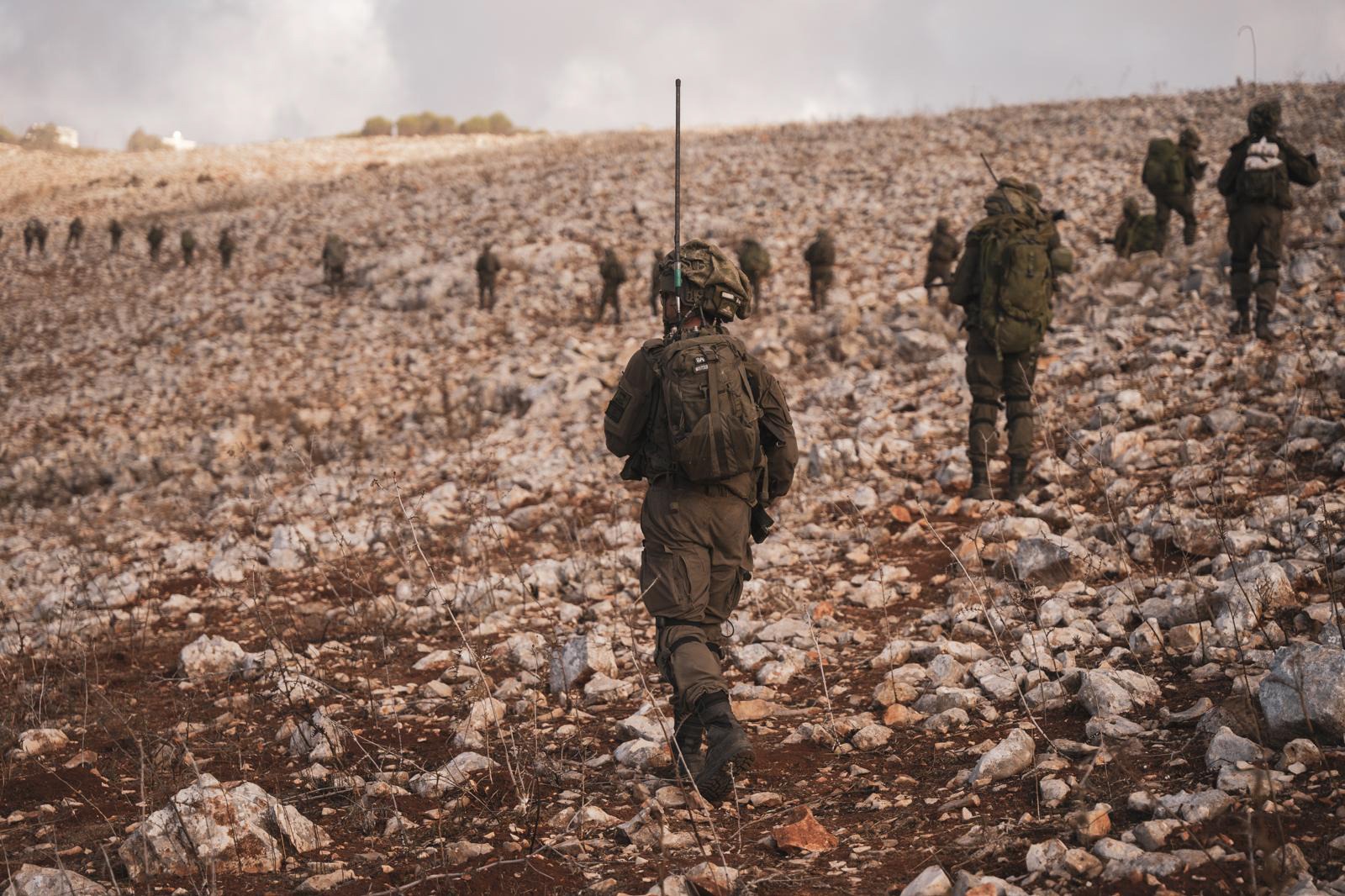Recent reports from ceasefire negotiations have sobered up high hopes of an agreement being concluded earlier this week, with developments on the field and in talks entering another round of complications.
Early reports have suggested that a 60-day ceasefire was in discussion, providing a two-month period for the implementation of the agreement’s conditions, generally based on UN Resolution 1701. This would include Hezbollah withdrawing north of the Litani River and the Lebanese Army being deployed in southern regions.
Other reports included a version with exigent Israeli demands, such as holding the right to conduct operations in Lebanon whenever it pleases, and conducting regular surveillance operations, which would de facto hand Israel security hegemony over Lebanese territories.
On Friday, sources to Reuters suggested that the United States asked Lebanon to declare a unilateral ceasefire with Israel, meaning only Lebanon declares it would stop fighting, in order to oil up talks for a final resolution to the war.
The reports were quickly denied by the Lebanese government, particularly Prime Minister Najib Mikati’s office which reasserted Lebanon’s position on the need for a full ceasefire and the implementation of UN Resolution 1701.
In the afternoon, US Envoy Amos Hochstein also denied the reports.
Lebanon was notably excluded from many ceasefire discussions, with some noting that this was a dominant trend, with the main channel being US-Israeli.
Nearing US Presidential Elections
Recent ceasefire discussions cannot be separated from the approaching US presidential elections. The elections are expected to take place on November 5 amid widespread local discontent with the performance of both main competing parties, the Republican and Democratic parties.
According to socio-political analyst and Carnegie Middle East Center senior editor, Michal Young, the next deadline is not November 5, but January 20. Young suggests that until then, Israel will have free rein to do what it wants amid absent adequate interventions, after which a new president might impose a winding down of the conflict.
This was also reportedly what presidential candidate Donald Trump told Israeli Prime Minister Benjamin Netanyahu when the two met in July.
Young adds that “[every] dimension of this year-long carnage has been tied in one way or another to US electoral calculations.”
The US has provided $17.9 billion USD in military aid to Israel since 7 October, 2023, according to a report by the Watson Institute for International and Public Affairs at Brown University. The report found that tens of billions of US taxpayer dollars were delegated to Israel’s war on Gaza and Lebanon.
Internationally, numerous other channels continue to be active with more or less impact. In Egypt, for example, president Abdel Fattah el-Sisi received the director of the Central Intelligence Agency (CIA), William Burns, in Cairo, to discuss the ceasefire and other developments in Gaza and Lebanon.
Readiness for a Ceasefire
On-the-ground confrontations between the Israeli army and Hezbollah continue daily, with the Israeli army leveling entire southern Lebanese towns and villages.
While Israeli Defense Minister Yoav Gallant said that Israel will have to do some “concessions” beyond military actions, the cabinet seems to be internally muddled, with suggestions that some want to achieve “more goals.”
Despite these claims, Hezbollah continues to inflict heavy losses within the Israeli army ranks. Thus far, Hezbollah have been succesful in thwarting the Israeli army from occupying any Lebanese villages on the border, while also inflicting many deaths and casualties within the army’s ranks.
For Lebanese Prime Minister Najib Mikati, the Israeli overnight strikes Thursday on Beirut’s Southern Suburbs reflect the lack of an Israeli interest in a ceasefire.
Throughout history, including during the temporary ceasefire conducted in Gaza last year, the Israeli army often intensified strikes during ceasefire negotiations and in the short period of time prior to the conclusion of an agreement.
While the nearing of a ceasefire remains far from evident, Israeli strikes continue to cause mass harm and destruction to the populations in Gaza, Lebanon, the West Bank and all over the region.


